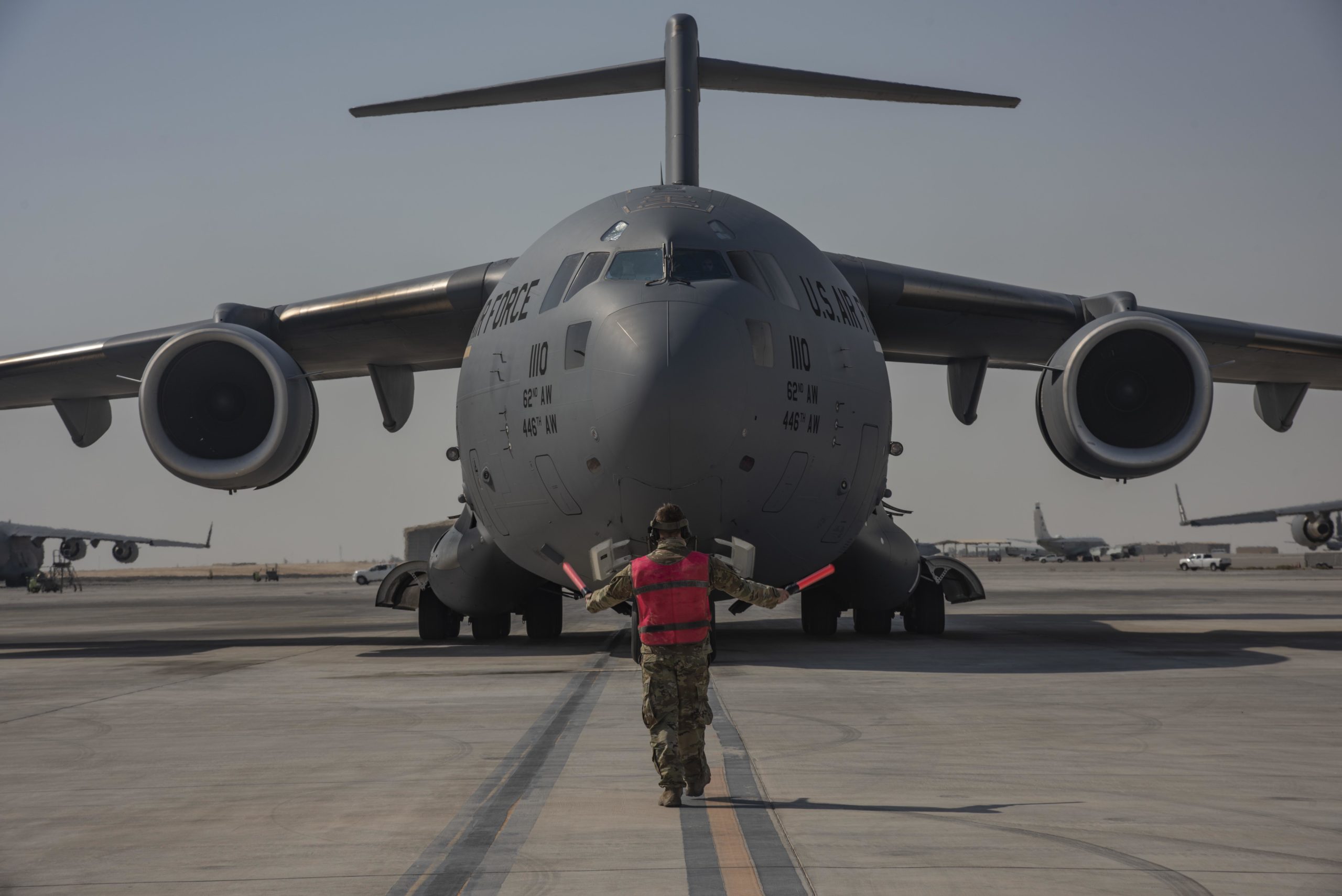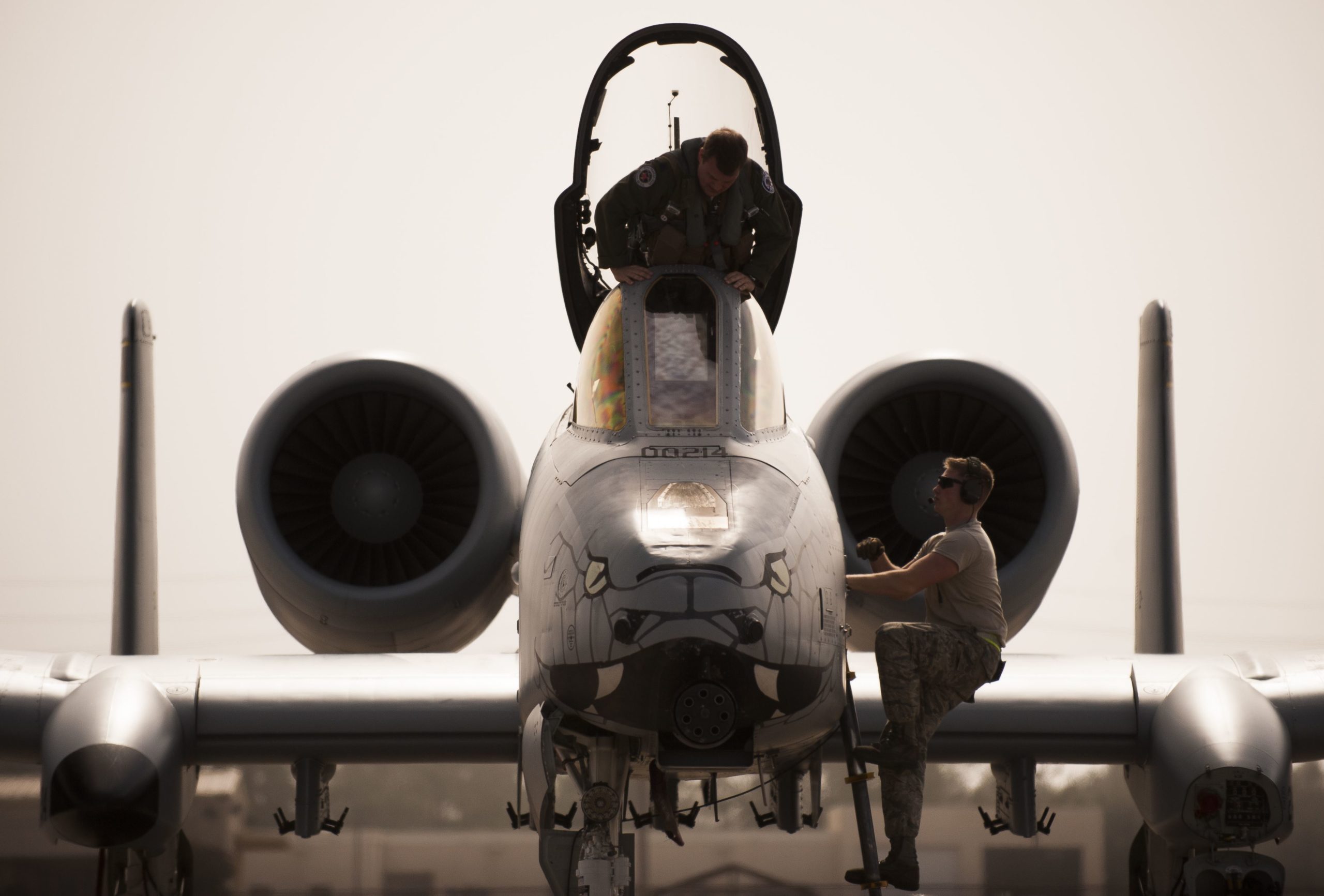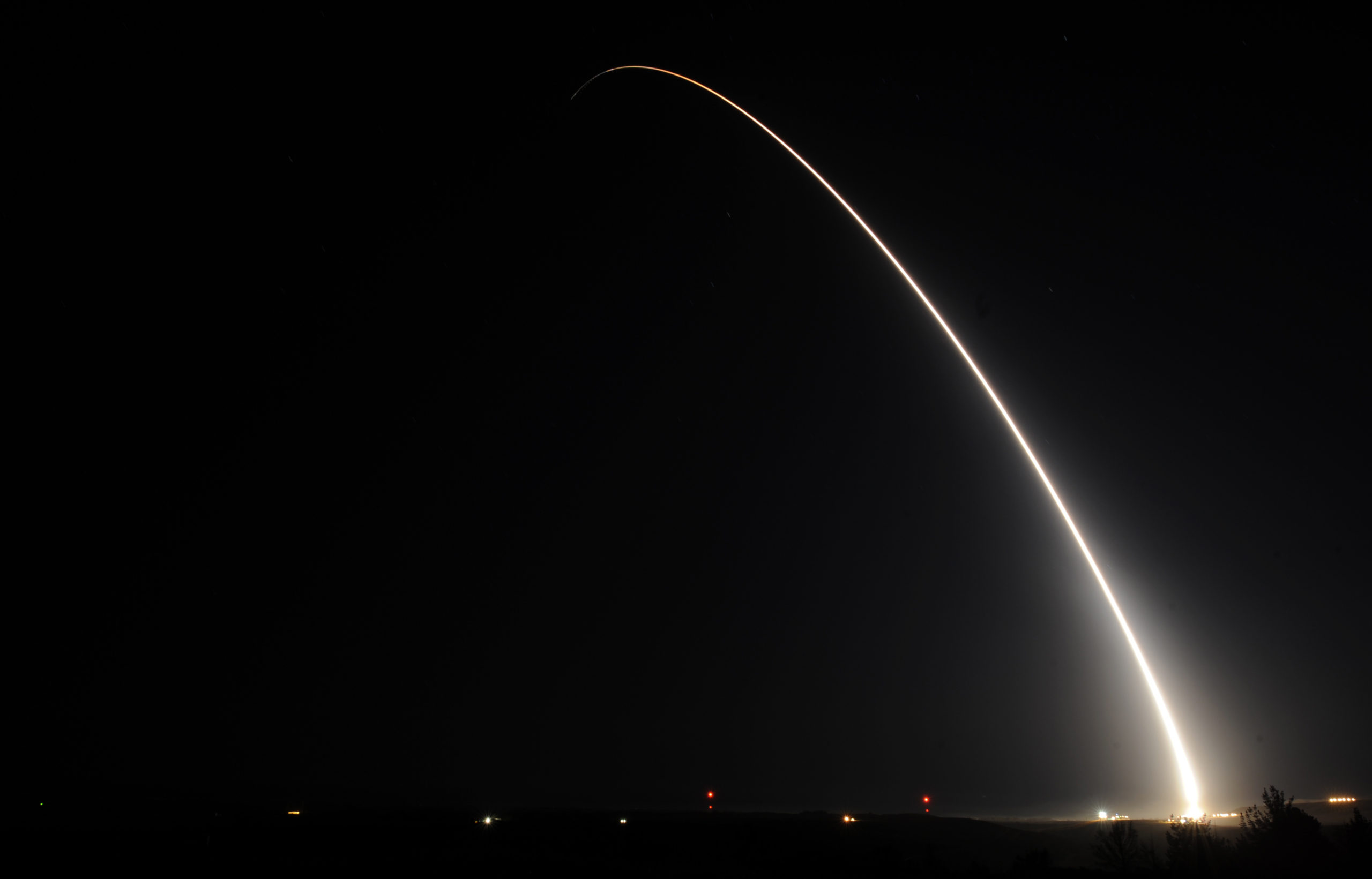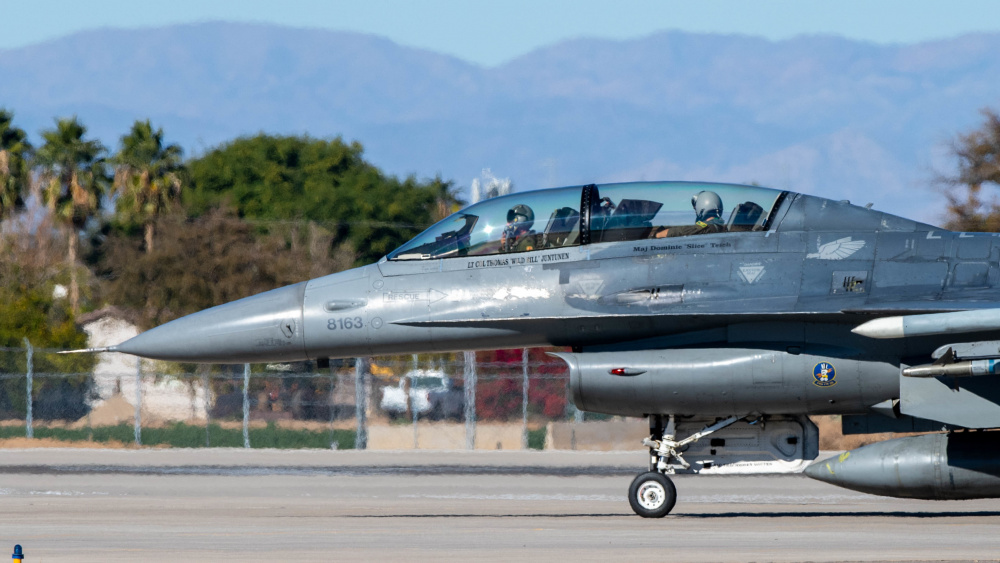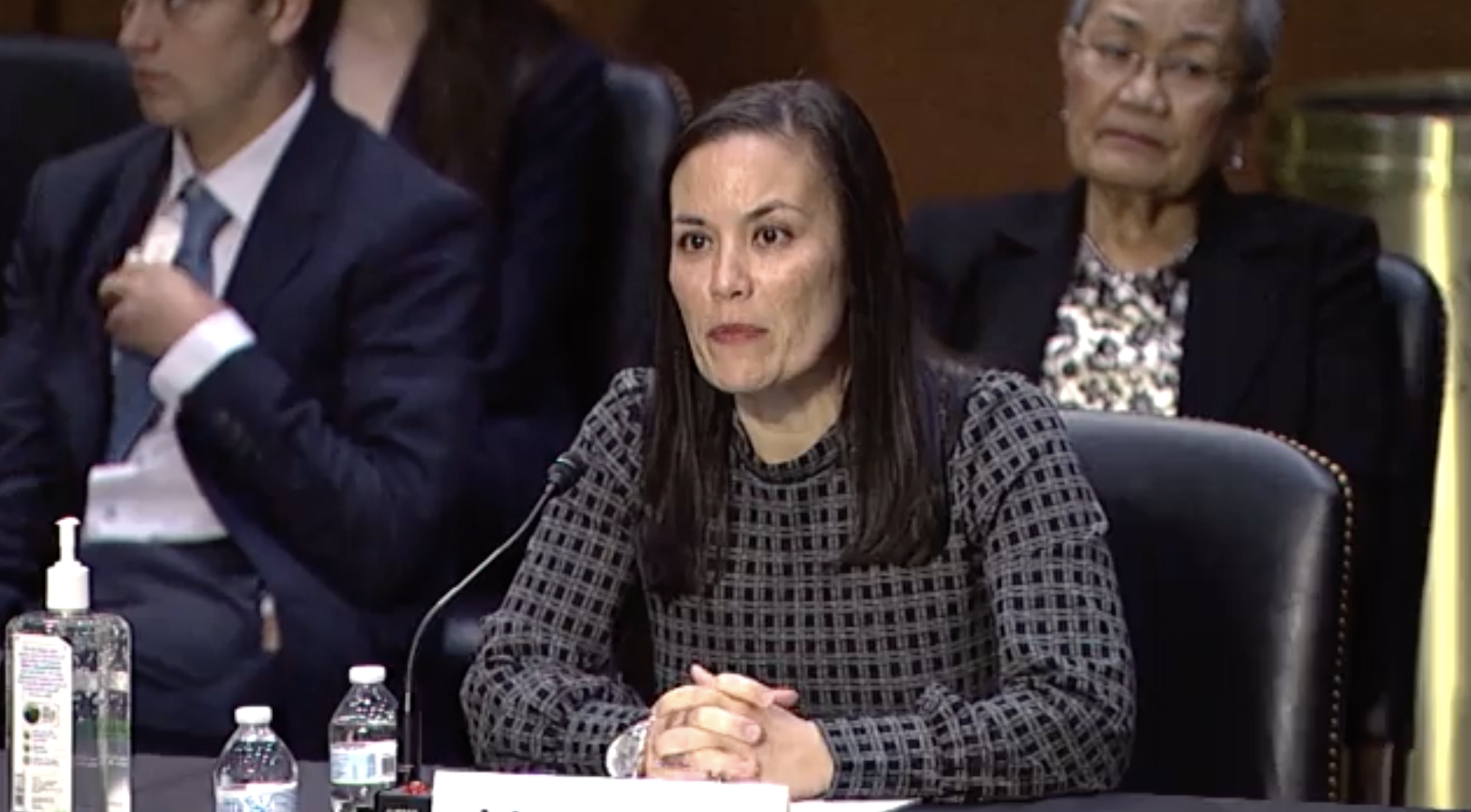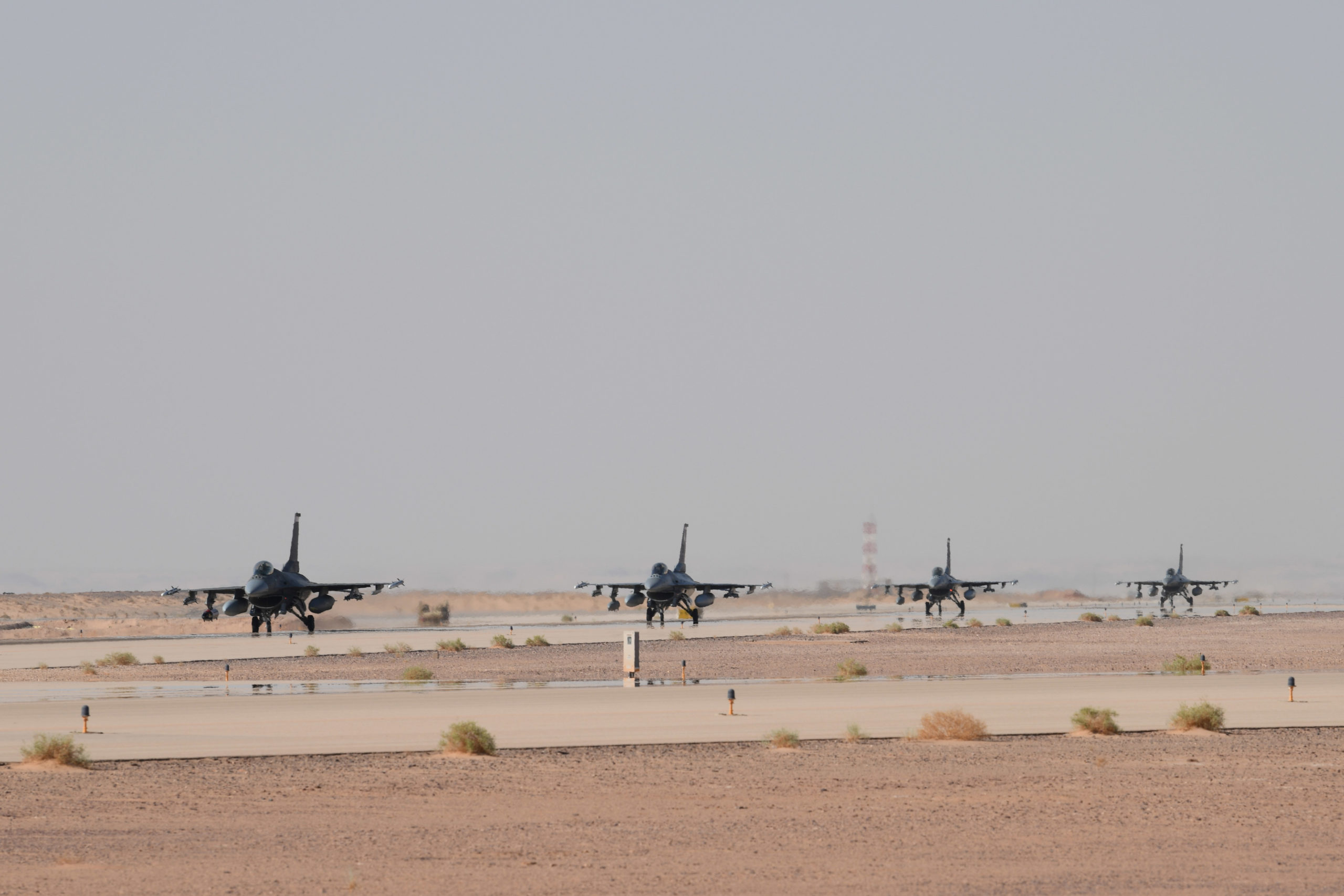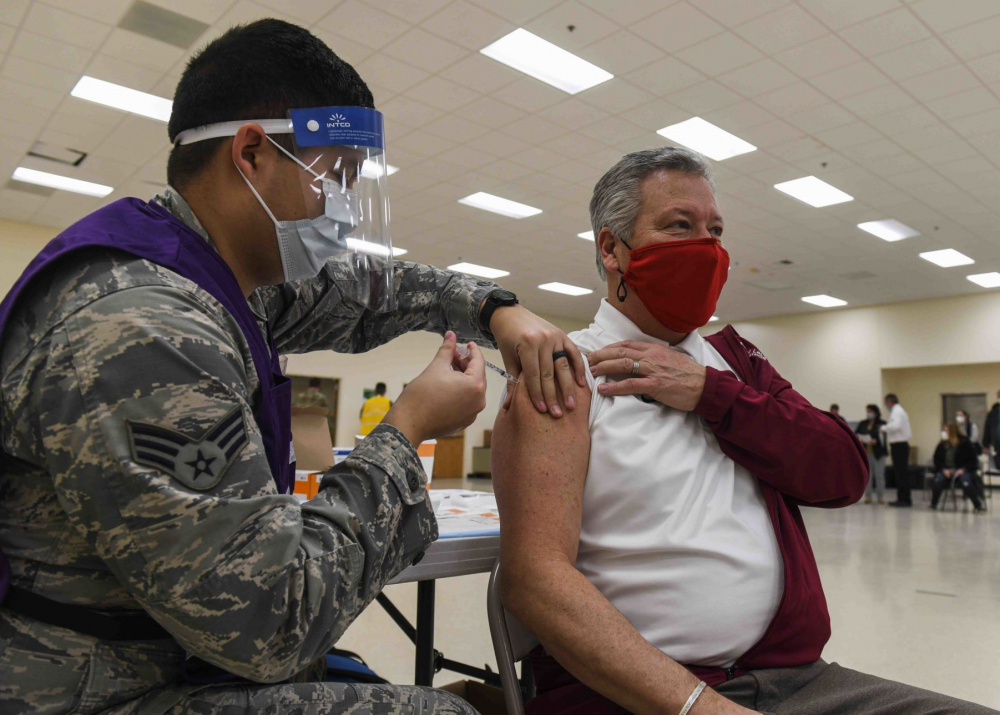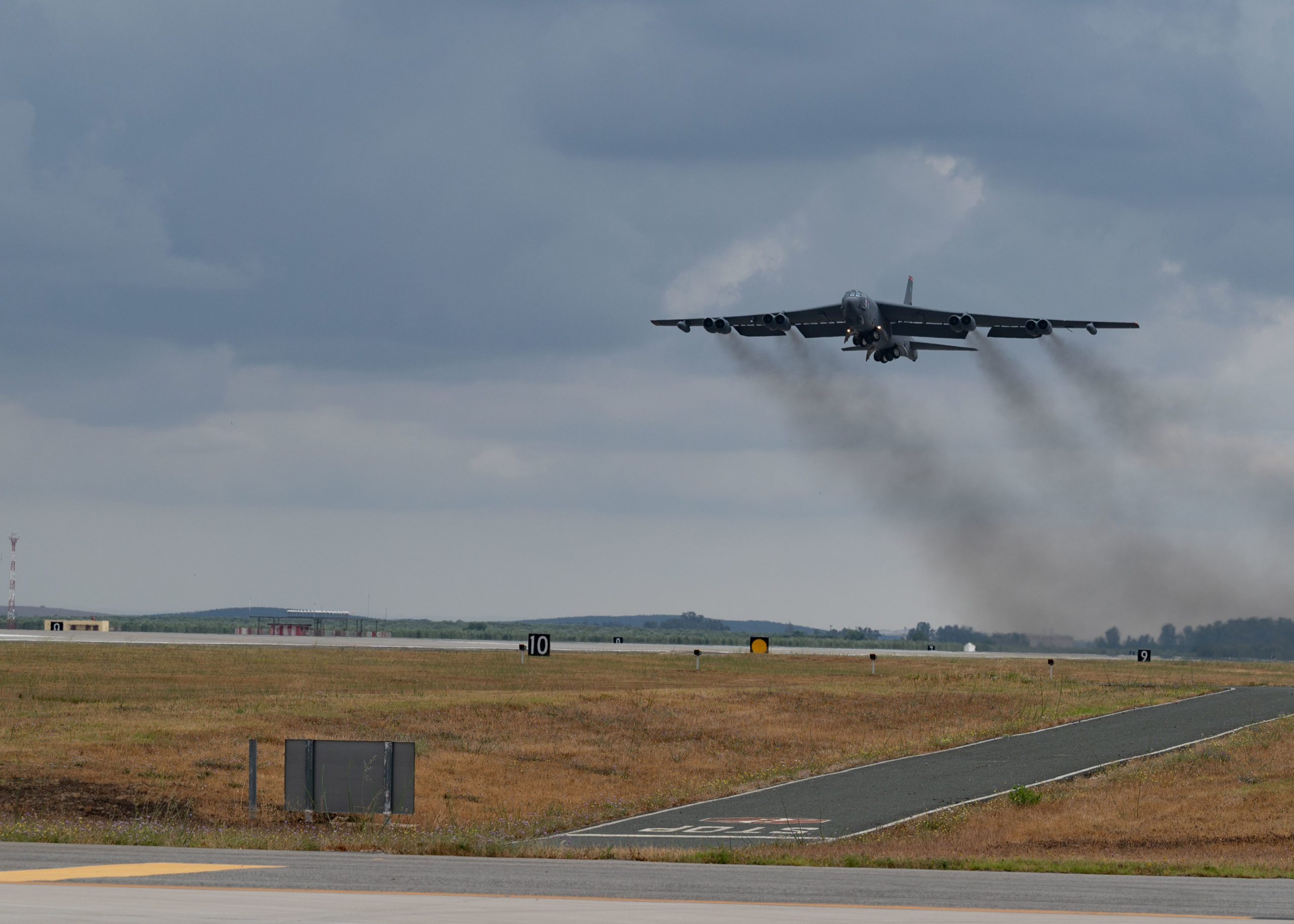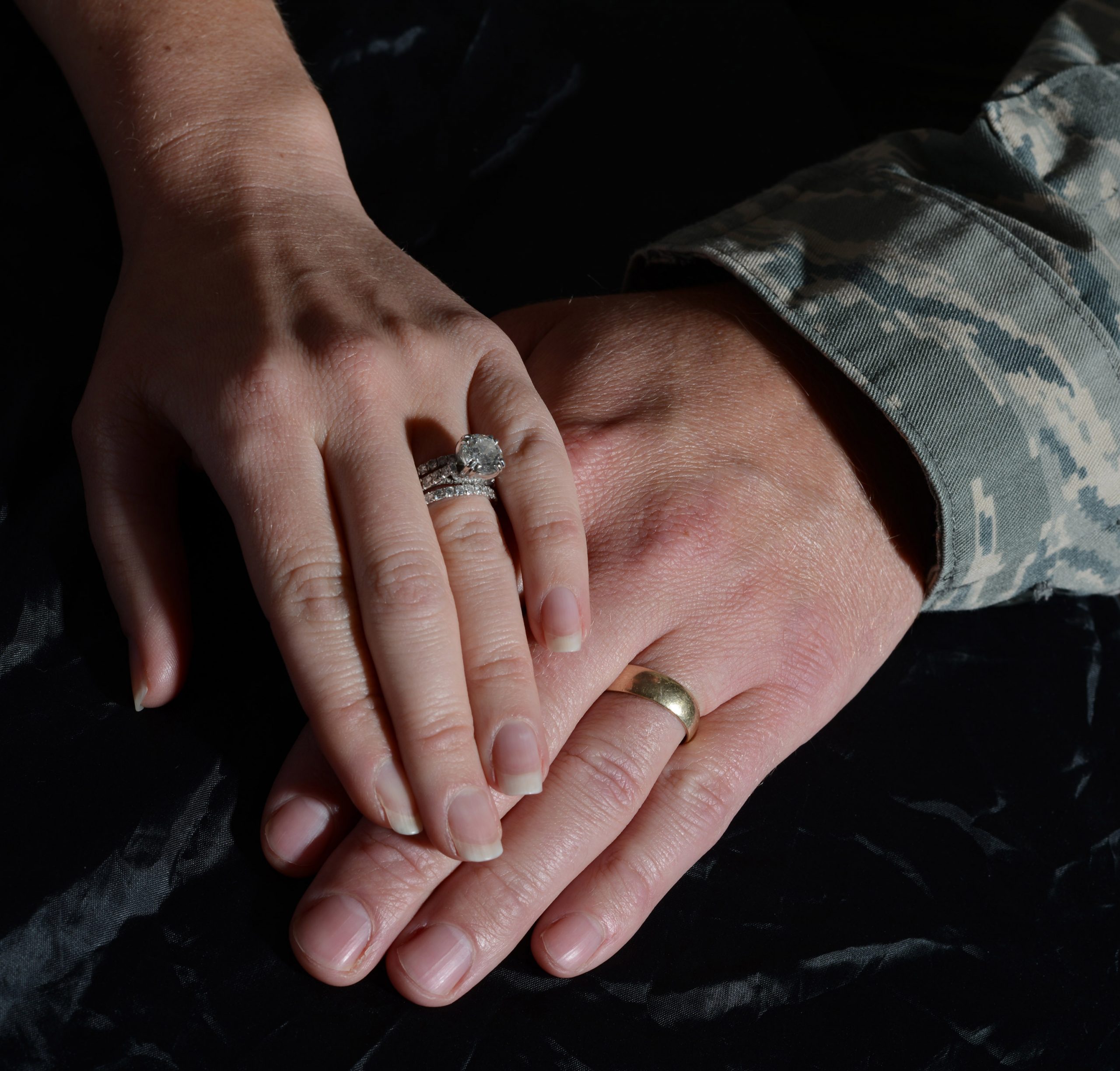The U.S. withdrawal from Afghanistan continues on pace, and though Taliban violence has increased—with the group taking more districts from the Kabul-based government—there are no plans to slow the drawdown yet.
U.S. Central Command said June 22 that more than 50 percent of the withdrawal had been completed as of that day. The command has said it won’t be more specific about the pace because of security concerns. It said in a release that 763 C-17 loads of material had been removed from the country and that 14,790 pieces of equipment had been handed over to the Defense Logistics Agency for “disposition.” Six facilities had been handed over to the Afghan Ministry of Defense.
Meanwhile, this week, the Taliban took control of a key district along a supply route in the northern province of Kunduz, encircling the provincial capital, The Associated Press reported. Dozens of districts in Afghanistan have fallen to the Taliban since early May.
Pentagon spokesman John F. Kirby said June 21 that the Taliban continues to conduct attacks with a rate of violence that is “too high.” However, this has not yet changed U.S. plans.
“What’s really critical here is that nothing has changed about two things: One, we will complete the withdrawal of all U.S. forces out of Afghanistan, with the exception of those that will be left to protect the diplomatic presence,” he said. “And two, that it will be done before early September, as per the Commander in Chief’s orders. Those two things are constant and won’t change.”
Defense Secretary Lloyd J. Austin III and other military commanders look at the situation every day “with a fresh set of eyes” to see if the pace is appropriate for a “safe and orderly retrograde,” Kirby said.
“Every day there’s a fresh set of data to look at that helps inform his discussions with military commanders and eventually whatever changes might come of that.”
